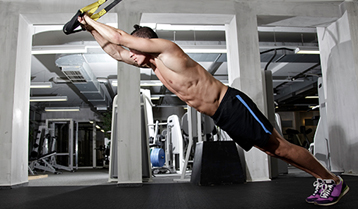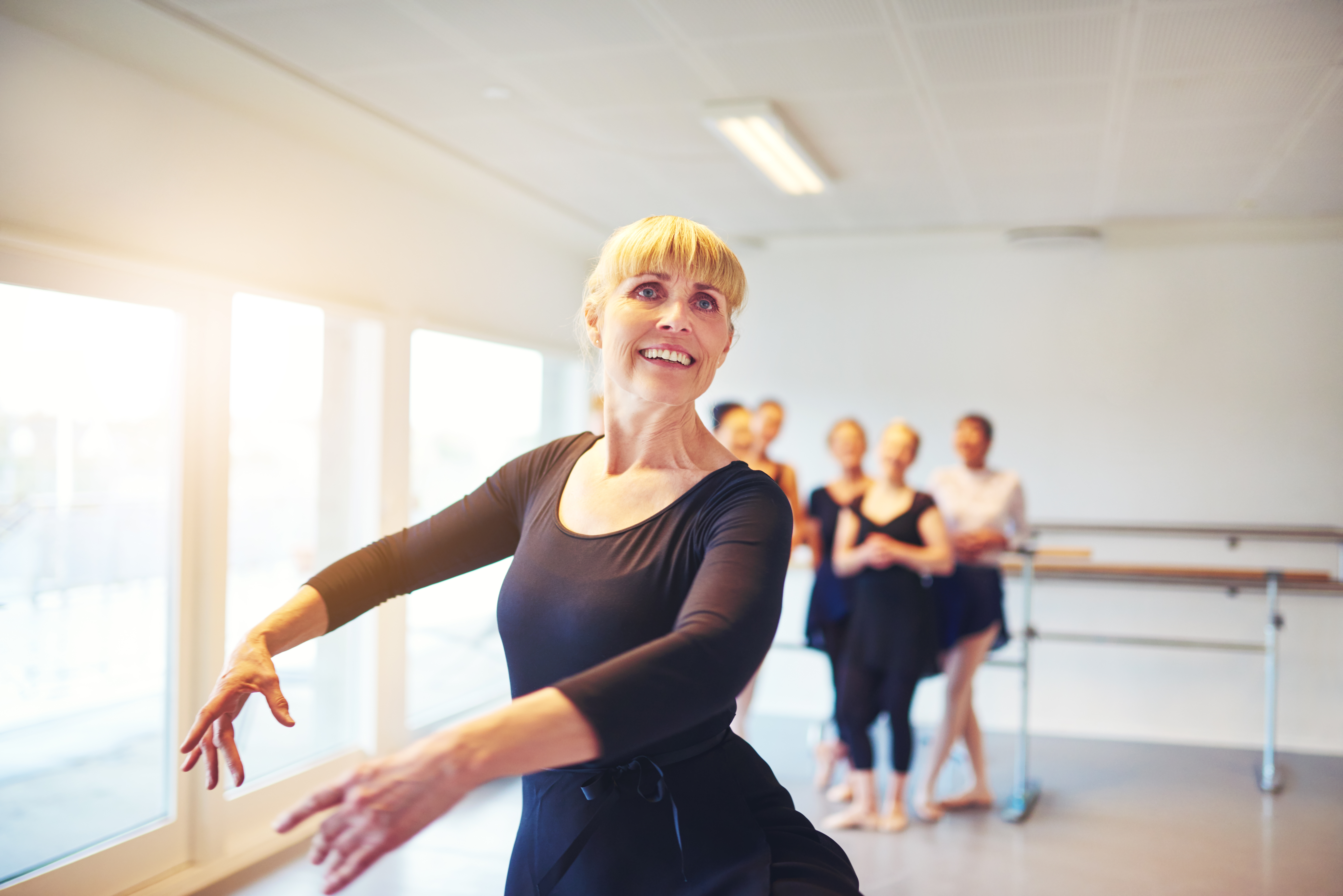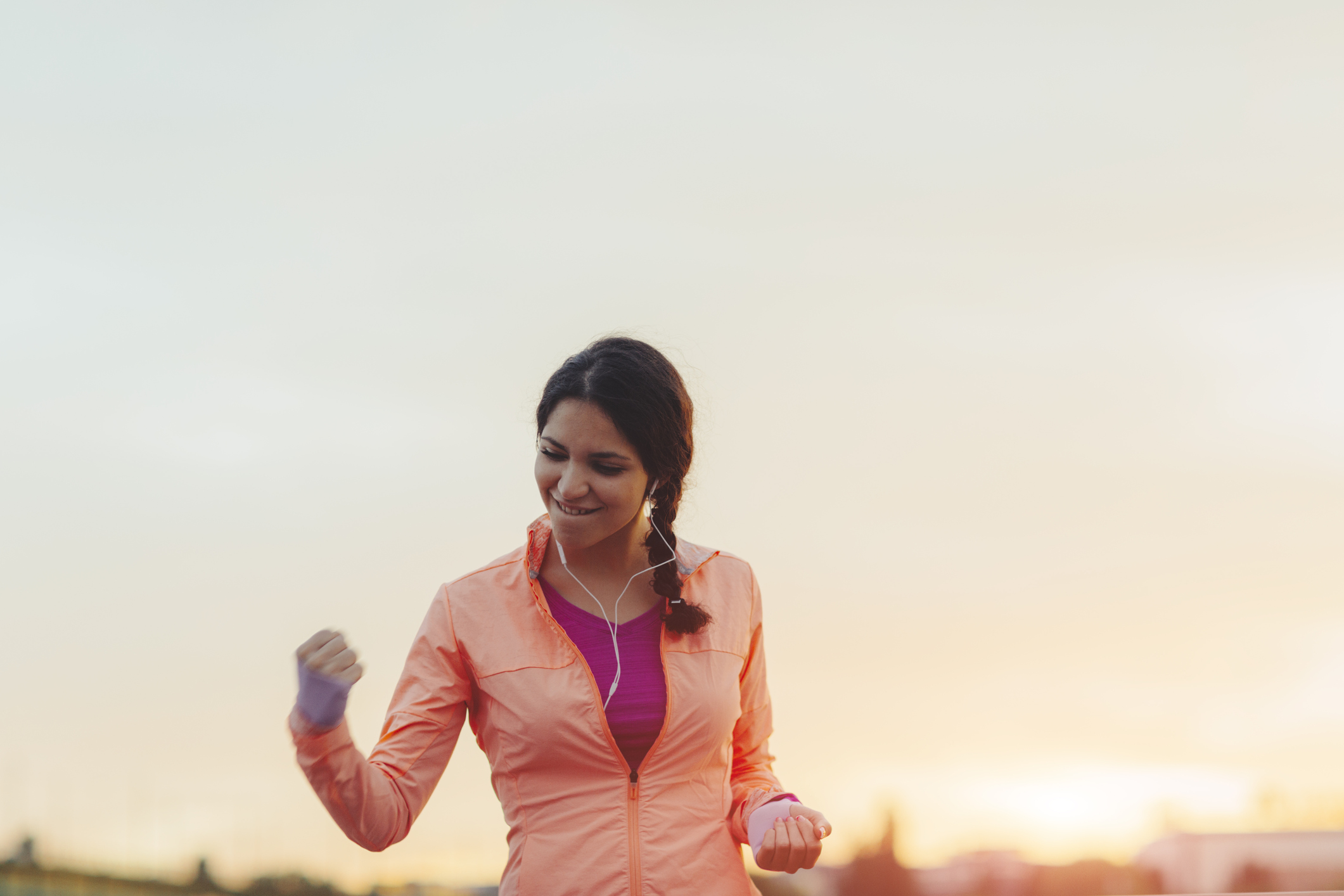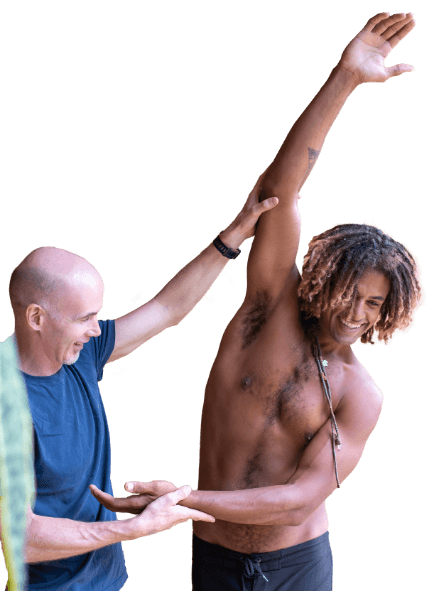
Are you ready to become super strong in mind and body?
All you need are these four exercises . . .
It sounds like one of those terrible late-night television ads, doesn’t it? One of those ads that promises the impossible from using a fad workout or the latest fitness gizmo. We’ve all seen them on TV or the Internet, but we haven’t quite believed them. Maybe we’ve even tried them, and found the claims to be as false as we’d feared.
But this isn’t a false claim, and I’m not trying to sell you any gadgets. Quite the opposite, in fact.
I want to show you that everything you need is waiting right inside you.
You are all the equipment you will ever need to be vibrantly fit and strong. You don’t need gadgets or gizmos. You simply need Natural Movement.
Your body is a book that tells the story of what you’ve been up to in life. If you were to stand in front of a trained fitness professional right now, that person could read your body-book. Their well-informed deductions would be possible because your body has adapted to the demands you’ve placed on it.
Did you get that forward head posture studying for your graduate degree? Are your hips tight from all the sitting you do on your daily drive into work? Do your fluid movements come from your days as a dancer? Is your love of tennis responsible for one arm being bigger than the other?
Your movements dictate your ability to move.
If you have stretched every day, you will be flexible. If you’ve lifted weights every day, you will be strong. If you climb stairs every day, you will be able to climb stairs.
For example, the Japanese tend to be better at getting up from the floor than their North American peers. The reason? Many Japanese homes have low dining tables that require sitting on the floor. People need to have the flexibility and strength in their legs to get up and down from the ground with every meal. They go through that series of movements several times every day. You repeat this for 60 years, and you’ll have strong flexible legs. By contrast, if you don’t ever sit on the floor, getting up and down will be hard for you.
“Many fitness programs fail to ask one simple but very important question: What is your body designed for?”
Surely, though, the point of any fitness program is to help you do what you need to do, and do it better and more easily. Lions are designed to run in the grasslands, and they spend their days doing just that. Eagles are designed to fly high, dive and carry prey, and they go through those movements every day.
Your body is designed to crawl, balance, throw, catch, jump, climb, walk, run, lift and carry. The challenge of living in this modern age is that our lifestyles make many of these movements seem completely unnecessary. (When was the last time you crawled? When was the last time you got up from the floor in one smooth movement?)
Put simply, movement is your interaction with the world around you.
Dynamic Patterns Theory tells us that our movement through the world is dynamic and organic, rather than pre-planned or well-orchestrated. As this article from MovNat asks, “When you switch from walking to running, or running to sprinting, do you need to think about the subtle adjustments in gait that occur? . . . Do you stop and think about how to do it, or just do it naturally?”
You probably do not need to make a conscious effort to engage such highly complex movement patterns. They come to you naturally. They are natural movements in a known environment.
When those natural movements take place in more complex environments—a sudden switch from smooth sand to deep piles of pebbles on the beach, or patches of black ice on the path where you’re running—you will need to problem-solve. It’s similar to what you had to do as a baby and as a toddler, consciously and constantly learning what has now become automatic.
The more often you challenge yourself to move in complex environments, the better able you are to move safely and confidently through your world.
Practicing natural movements in a variety of environments builds physical competence. This is the philosophy of that underpins a lot of the work I do with my patients
I work with the movements your body is designed to make. I teach people to practice them in increasingly complex ways, reconnecting you with your natural skills over time. I know from experience that as you become a skilled mover, you have fewer injuries and increased health.
Research demonstrates that movement helps ensure both physical and mental strength. Here are just a few of many examples.
Let’s look at physical strength, longevity and good health first:
Going back to the example above of Japanese people being better able to get up and down from the floor—a 2014 study published in the European Journal of Preventive Cardiology evaluated the connection between all-cause mortality and the ability to sit and rise from the floor. The study used the Sitting-Rising-Test, which is just what it sounds like, to evaluate musculoskeletal fitness, including both strength and flexibility. The results showed that musculoskeletal fitness is a significant predictor of mortality in 51- to 80-year-od subjects.
How do you think you would do? Try getting up from the floor cross-legged and find out.

How did you get on?
In more general terms, a study published in the Canadian Medical Association Journal makes clear that there is irrefutable evidence of the effectiveness of regular physical activity in the prevention of chronic diseases and premature death. This applies especially to people who are sedentary, for whom even a moderate increase in physical activity will lead to a large improvement in health. For example, the report tells us that older adults got stronger with just four weeks of resistance training four times a week. But the study’s results also apply to those who are already fit and active, showing that a further increase in physical activity and fitness will lead to marked additional improvements in health.
Research also shows that physical activity has a positive correlation to increased mental health and cognitive strength. The last study mentioned above, for example, showed that routine physical activity reduced stress, anxiety and depression, and increased psychological well-being.
There are two other studies I’d like to tell you about:
A study led by the University of Sydney in Australia, and reported in Medical News Today , demonstrated that stronger muscles lead to a stronger brain. It’s the first time a study has shown a clear causal link between increasing muscle strength and improving brain function, including better selective attention, planning, organizing and multi-tasking. The bottom line is that when you work at a high intensity at least twice a week, you will experience cognitive benefits.
So work hard! Don’t sit on an exercise bike reading the paper!
A study published in the Proceedings of the National Academy of Sciences in the United States demonstrated that our brains literally grow with physical activity. Our hippocampus shrinks as we age, which can lead to impaired memory and increased risk of dementia. This study showed both that the volume of certain areas of the brain was greater in people who were fit, and that aerobic exercise enhances brain volume. This translates into improved memory function and protects against further loss of volume. Starting exercise even late in life remains a good idea.
We’ve learned that what our bodies are naturally designed to do is what we most need to do. We need to learn and refine our bodies’ natural movements. Natural Movement will keep us strong, mobile and agile well into old age.
And here we come full circle, ready to ask the question again: Are you ready to become super strong in mind and body?
Because I really mean it. Over the years I’v noticed some very common patterns in my clients. Things that most people think they can do but over time they loose the ability to do. I’ve selected 4 exercises that help target the common deficits that people have. These 4 exercises if done every day will give you all the benefits that were seen in the studies above. They look simple, and for most of us they were – when we were kids! The older we get the harder they get. Give them a go, incorporate them into your lives and if you need more a challenge check out our YouTube channel for tons more exercises.
If you want to get involved join my Instagram
That is where I share exercise and health insights specifically focused on lower back pain and scoliosis.

Over the last 10 years Ed has been building a YouTube library to help people manage their own pain or movement limitations and increase performance through exercise. He regularly adds videos so be sure to subscribe and visit regularly


"Oh My Gosh- I am ALREADY feeling relief after a few days! I used to wake up 2-3 times a night with shooting pain that anti inflammatories couldn't touch. Now I have been waking up just because I want to notice what it feels like to lay in bed pain free- THANK YOU!."

"When I first started with your program I was experience a lot of pain. Walking was difficult. I had to stop and catch my breath every few minutes and lean against a wall for support. Now when I walk with my husband we go for over an hour. I never had to sit down and stop...and, hardly any pain!!! 😊😊 I can’t thank you enough."
Frustrated that you aren't recovering fast enough?
Discover how to heal from illness and injury using movement, food and lifestyle.
Leave a Reply